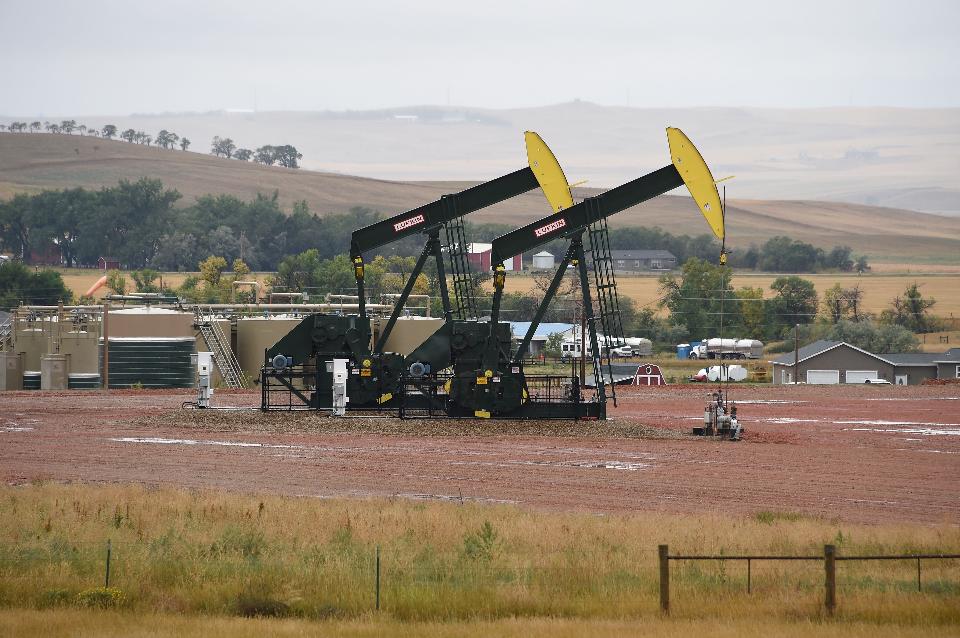
Oil prices may rise or fall in the short-term, but they will return to a range of $55 to $65 in the long term because that's the price of oil from fracking shale wells, the Goldman Sachs head of research said in Chicago Wednesday.
Oil prices today were about $52 for West Texas intermediate and $54 for Brent crude, and Goldman Sach's "boring" forecast is that they will remain at $55 to $57 respectively, said Jeffrey R. Currie, the global head of commodities research for Goldman Sachs.
"The key point is not that there’s a consensus developing around the price, there’s a consensus developing around the technology, the dominant technology," Currie said in a seminar at the University of Chicago's Saieh Hall for Economics. The dominant technology is the combination of horizontal drilling and hydraulic fracturing that have revolutionized oil and gas production in the United States.
"If you think about it, we didn’t even know it was scalable until around 2012. By 2014 the scalability was shocking, and the returns from investing in it were absolutely impressive. Such that now we’re to the point that it is by far the dominant technology. You can see that by looking at the evolution of the supply curves in oil."
The supply curves show that when cost reaches about $55, the supply looks nearly endless. That forces higher priced operations, like deepwater drilling, to lower their prices to compete with U.S. shale. And cheaper operations, like conventional wells in Russia, can safely raise their prices to just under the U.S. shale price. It also means OPEC loses the leverage its traditional oil producing countries have long enjoyed.
"Not only will cutting output do nothing to price, increasing output will do nothing to price," Currie said at a seminar hosted by the Energy Policy Institute of Chicago.
Canadian oil sands are least likely to be able to adapt to the new price, Currie said. Two years ago, a McKinsey and Company expert said oil sands and deepwater wells need a price of $75 to $80 to compete. But Currie said oil companies have been able to reverse engineer deepwater platforms to lower the price: "One example would be BP Maddog in the Gulf of Mexico. It was $85, $95 a barrel. They just reengineered it to $45."
"There’s a consensus developing around long-term oil prices. The immediate response I get from people is, ‘Oh, they’re all going to be wrong.’ Um, no," Currie said, because there will be a "mean reversion," in which prices worldwide tend to converge around the dominant technology.
“Do we have mean reversion around something like $60, $65, or we would argue $55? The answer’s yes.”
Economists have assumed U.S. shale represents a "new oil order" because of its quick time from investment to production—only about 14 days for an individual well, compared to 3-5 years for traditional drilling projects. But Currie contends the present oil order is not all that new. We've seen the same effects with investment in new technologies before—offshore drilling in the 1950s and deepwater drilling in the 1970s. In both cases, as with the fracking of shale oil, oil prices spiked as oil supplies waned, investment poured into new technologies, and then oil prices dropped and enjoyed relative stability around the production price of the consensus technology. In each case, oil prices rose gradually over a 30-year period as supply tightened again, followed by a new price spike.
Source: forbes.com
